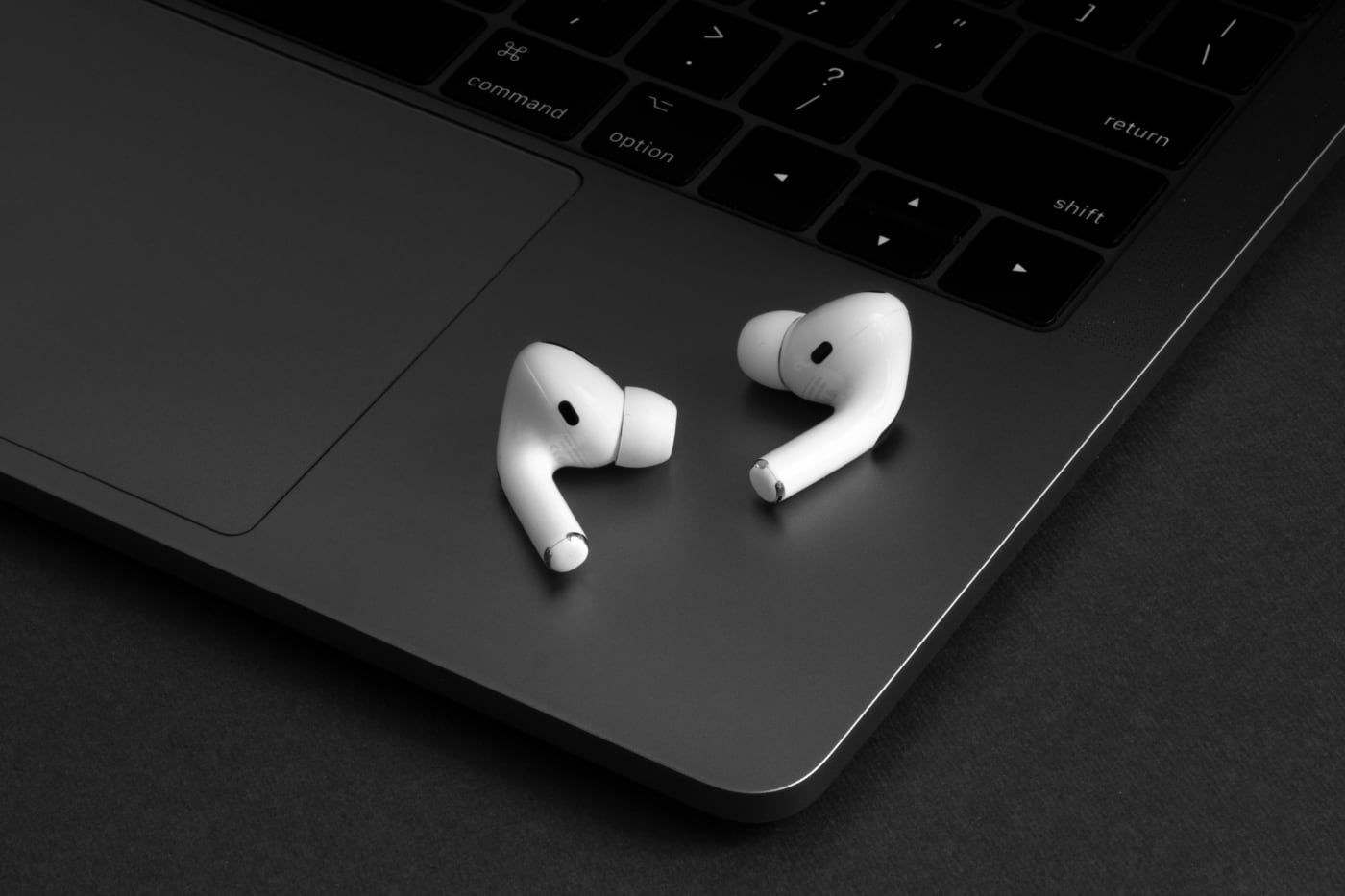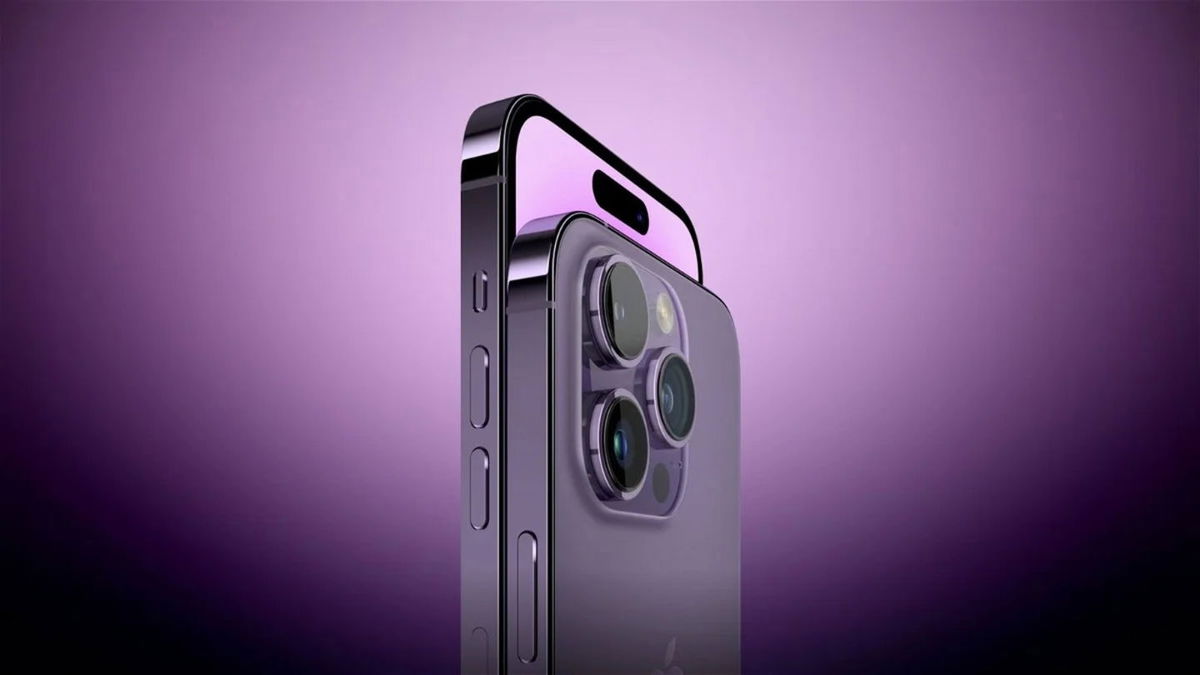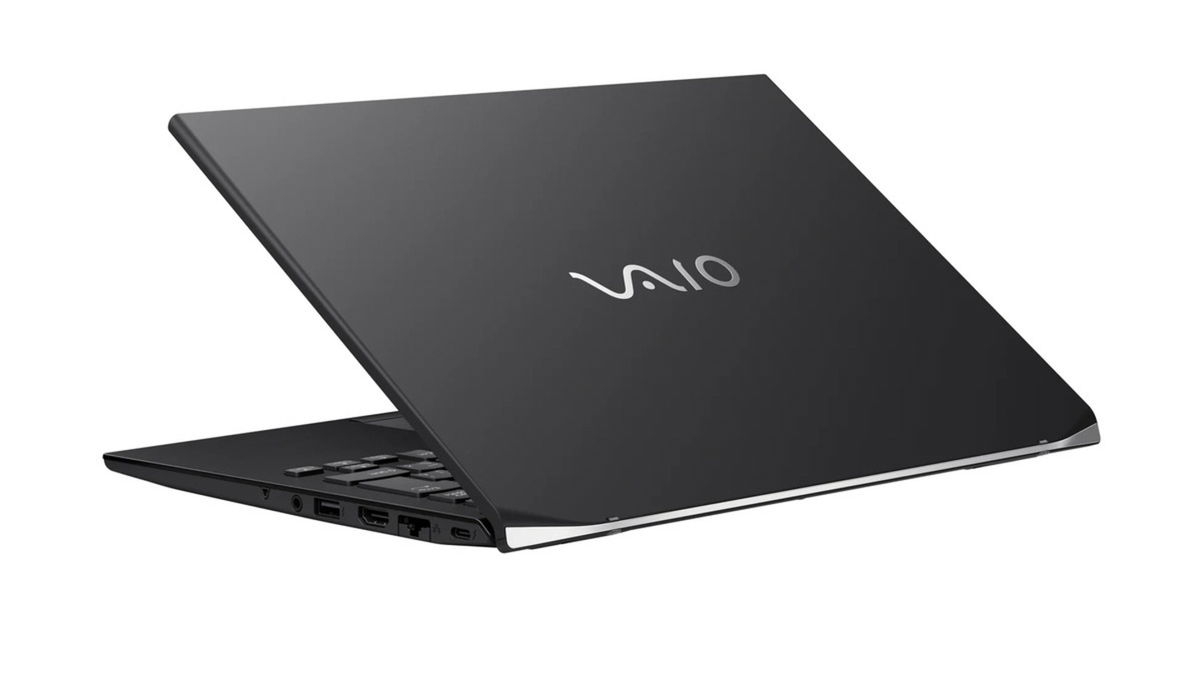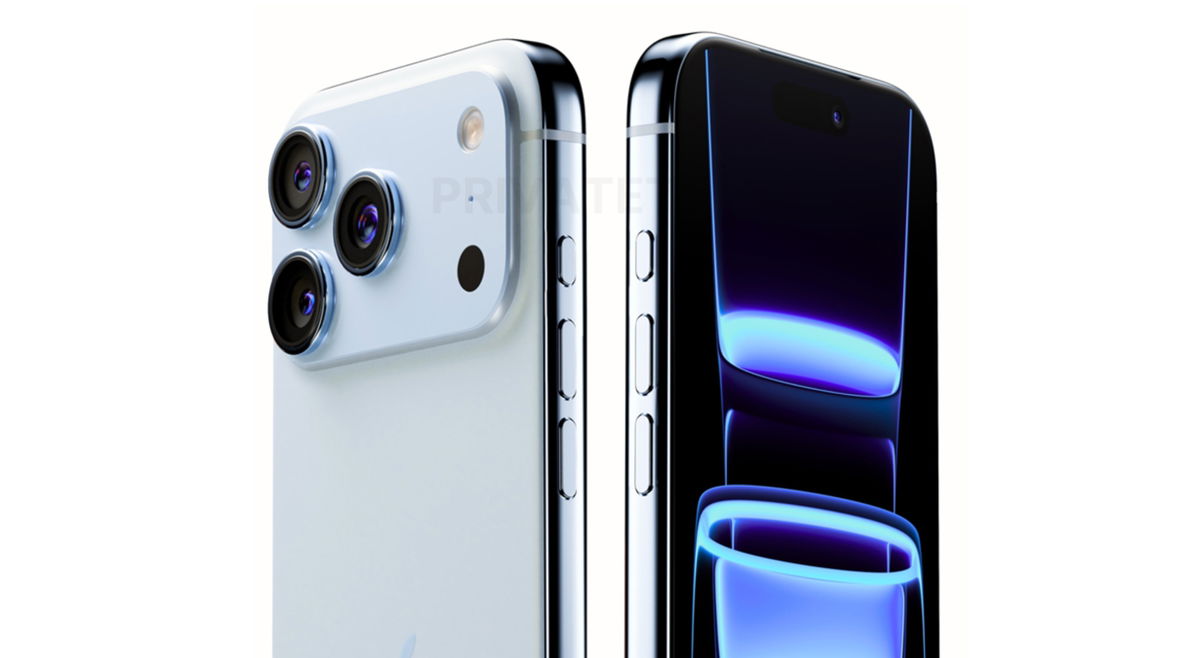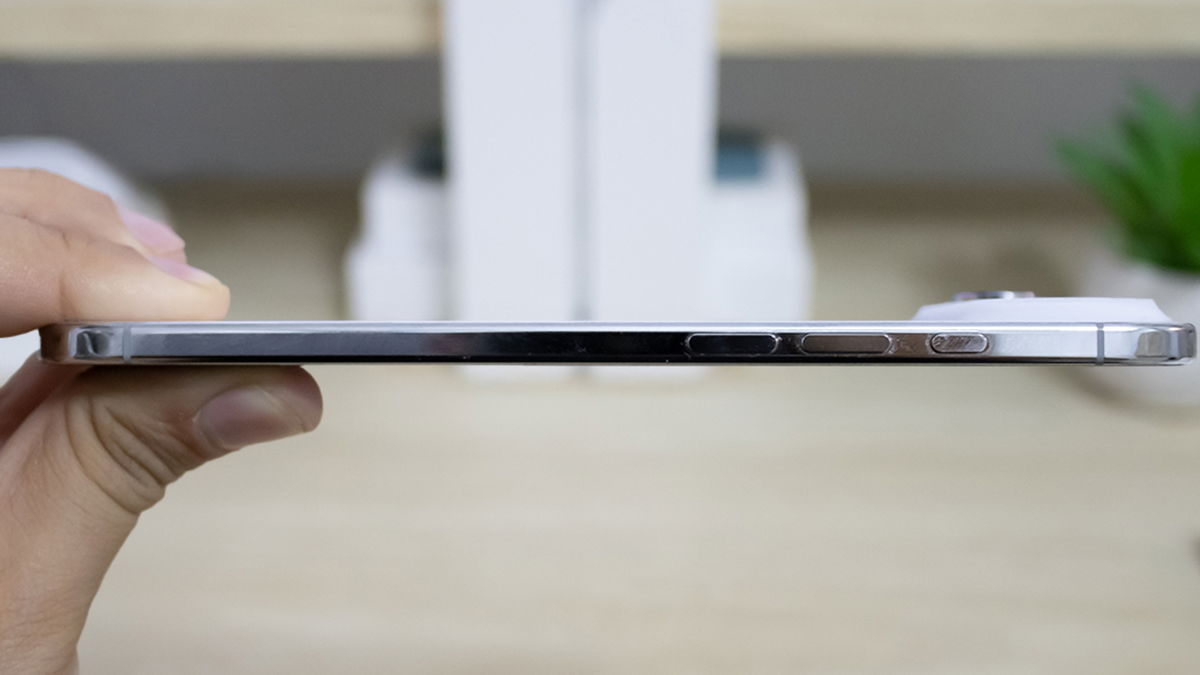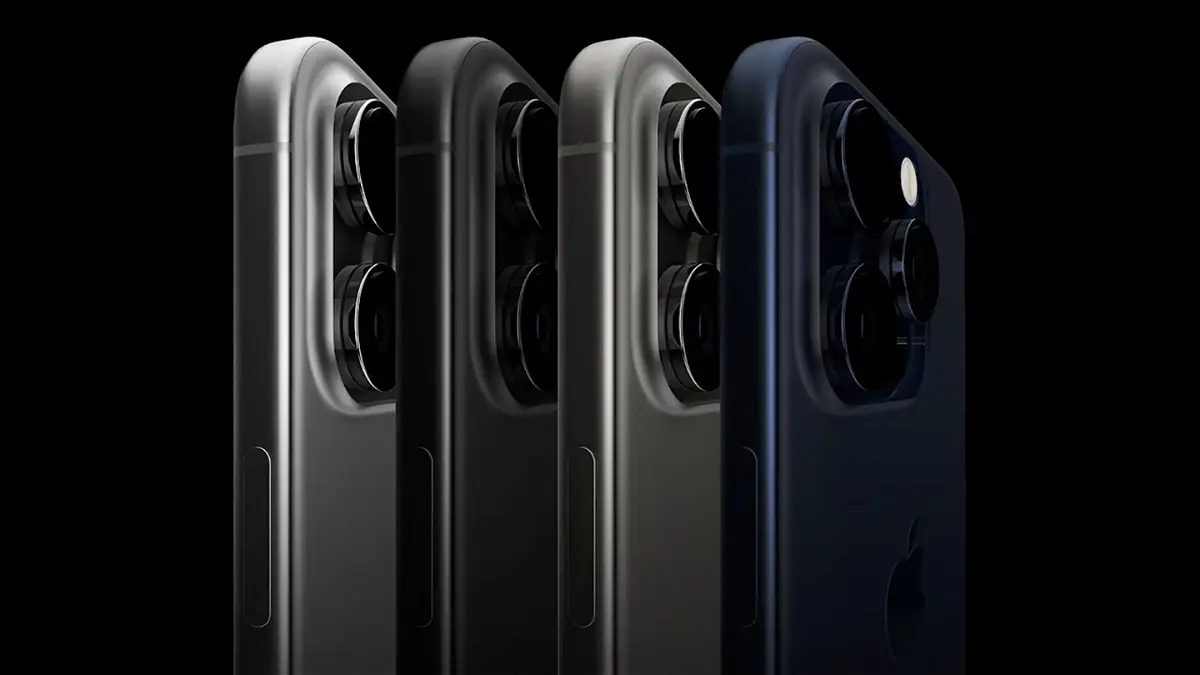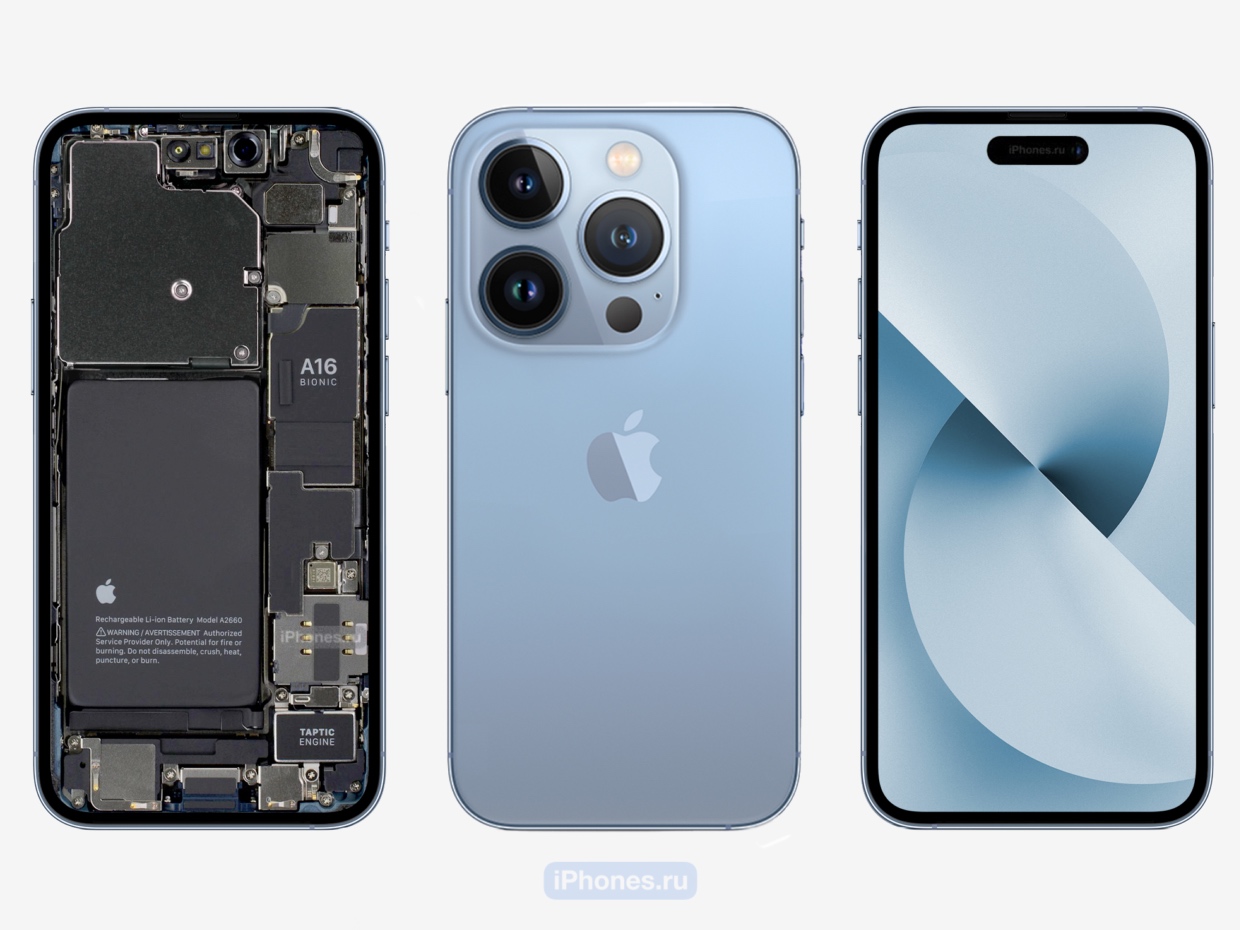This manufacturer had rejected Steve Jobs (and things wouldn’t end well for them)
Do you remember Sony VAIO? Steve Jobs wanted these stylish laptops to run MacOS. But this was the result.
If you are experienced with the Internet, You probably remember the metallic shine of the Sony VAIO on the desk of someone important. It was the laptop everyone wanted: sleek, light, modern. A Japanese technological gem in an age dominated by cables, CD-ROMs and thick screens, as well as the boring bezels offered by Acer, Compaq, HP and many other companies at the time.
Owning VAIO in the early 2000s was synonymous with success. Sony has achieved what few brands have achieved: combining design, innovation and brand power. Meanwhile, Apple was being rebuilt with the return of Steve Jobs.
The iPod had just emerged, the iPhone wasn’t even on the roadmap, and Macs were still a niche for designers and programmers. And then, something would happen that could change history since Steve Jobs. He realized the great potential of VAIO and made a proposal that was unthinkable by current Apple standards.
- You might also be interested in reading: By divine work and grace: Steve Jobs thought “God was behind every detail” in the iPhone design
The day Steve Jobs took out the VAIO with Mac OS from his briefcase
During a New Year’s holiday in Hawaii, Sony president Kunitake Ando meets Steve Jobs on the golf course. At the end of the game, Jobs was waiting for them with a VAIO laptop, but it wasn’t just any VAIO: It was running Mac OS X.
“We can make an exception with Sony,” Jobs said, breaking the policy of not allowing Mac clones.
Apple was so impressed with the design and engineering of VAIO laptops that it was willing to offer them something unique: an exclusive alliance to launch VAIO with the Mac OS operating system. This certainly surprised Sony executives, as Apple had opened up its own market.
Jobs had a clear vision of bringing the Mac to the masses, so much so that We were living the last era of the Power PC and ushering in the Intel era.
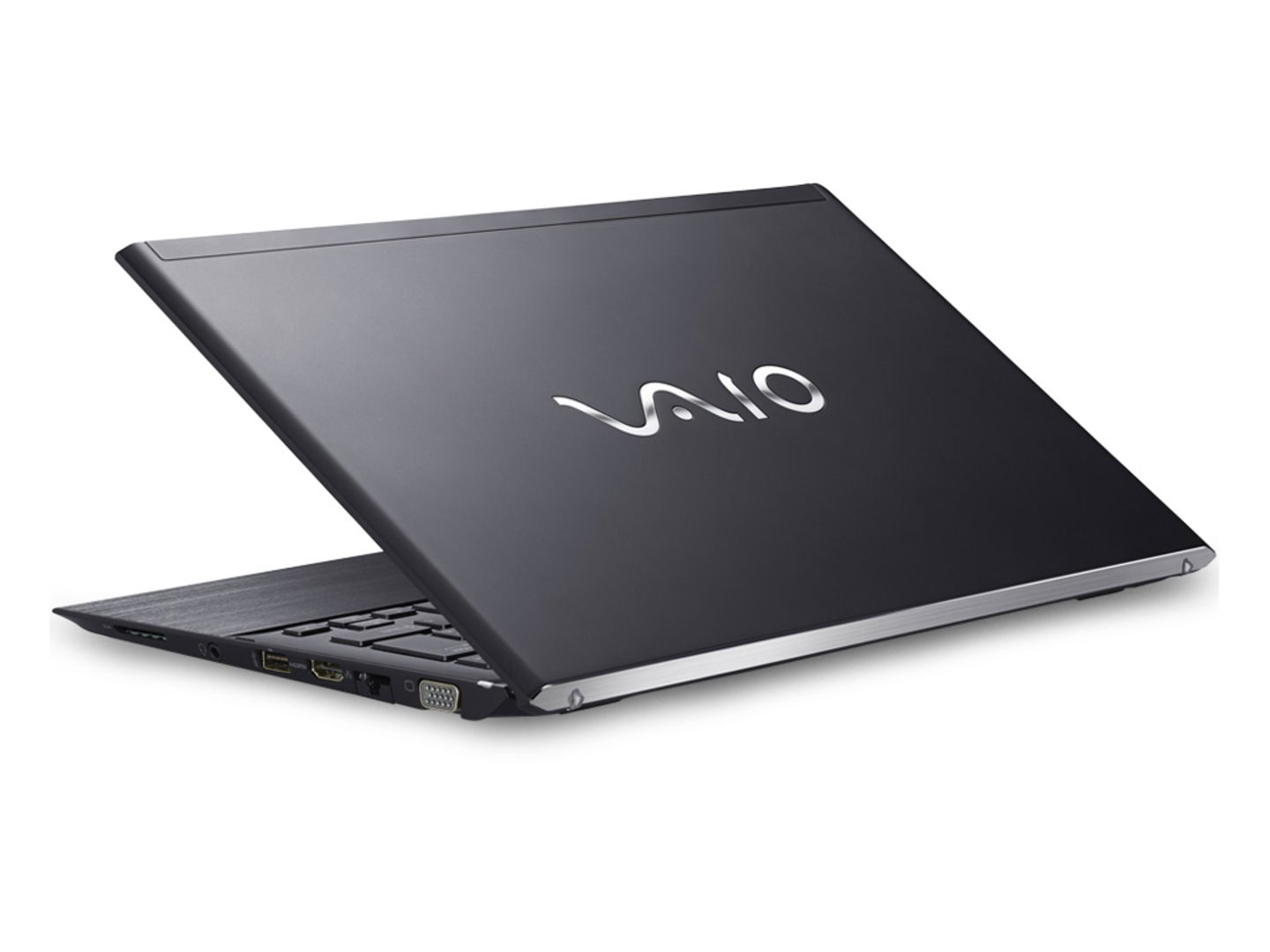
At that time, VAIO was synonymous with quality, functionality and elegance.
The rejection that will change the history of laptops
But for Sony The offer didn’t make sense. VAIO was in its primeand sales of Windows laptops were at an all-time high. At that time, Sony had the holy grail of Windows laptops, so they were not looking to expand their market and dominance further.
The Japanese team had spent years perfecting their hardware and software optimized for the Microsoft system.. Why risk everything for an uncertain alliance with Apple? So Sony, with Japanese courtesy and trust in Japanese leadership, said no.
Jobs would return to Cupertino with the same vision, but without his dream partner.. A few years later, Apple switched to Intel chips and would launch its own MacBooks with the elegance and portability it admired at VAIO. In fact, for many it is undeniable that VAIO is a source of inspiration for elements such as aluminum bodies and colorful logos (remember the “opening” apple?).
- You might also be interested in reading: When Steve Jobs was at Pixar, he called his employees at 3 in the morning, even if they were on vacation!
The rest will be history: While Apple rose to the throne of design and innovation, Sony lost its way with its PC division. If we go back to these years, we see that VAIO no longer exists, the MacBook is one of the best-selling laptops in the world, and MacOS is an increasingly universal operating system, leaving aside the areas of design and editing.
From icon to memory: the decline of VAIO
VAIOs remained a status symbol for a while. They dominated the market for a few more years, but increased competition was coming from another Asian country: China. Companies like Lenovo or Asus have emerged, and other traditional companies like HP, Dell or Acer have also adjusted their equipment.
Sony had also begun to mass-market VAIO slightly and produce cheaper equipment.but of lesser quality, it completely betrays its philosophy.
But the rise of the MacBook, the iPhone, and the Apple ecosystem had changed the rules of the game for the entire market. Yescouldn’t compete with the power of a brand that had learned to integrate hardware aloneSince Windows is not exclusive to a single brand and still has classic performance issues, the software and user experience are in one universe.
in 2014 Sony officially announces the sale of its VAIO PC unit to Japan Industrial Partners. This decision was unthinkable for the company, which a decade ago was synonymous with wearable innovation and the object of general desire.
The story wasn’t just an interesting anecdote about Steve Jobs. It was also a lesson in strategy and vision. YesHe lost not just because of a lack of talent, but because of overconfidence because he believed that his dominant position was enough, just as the Xperia mobile phones were losing ground to the iPhone or the PS3 was nearly defeated by the Xbox 360 and Wii.
you can follow iPadize yourself on Facebook, WhatsApp, Twitter (X) or check our Telegram channel to stay updated on the latest technology news.
Source: i Padizate

